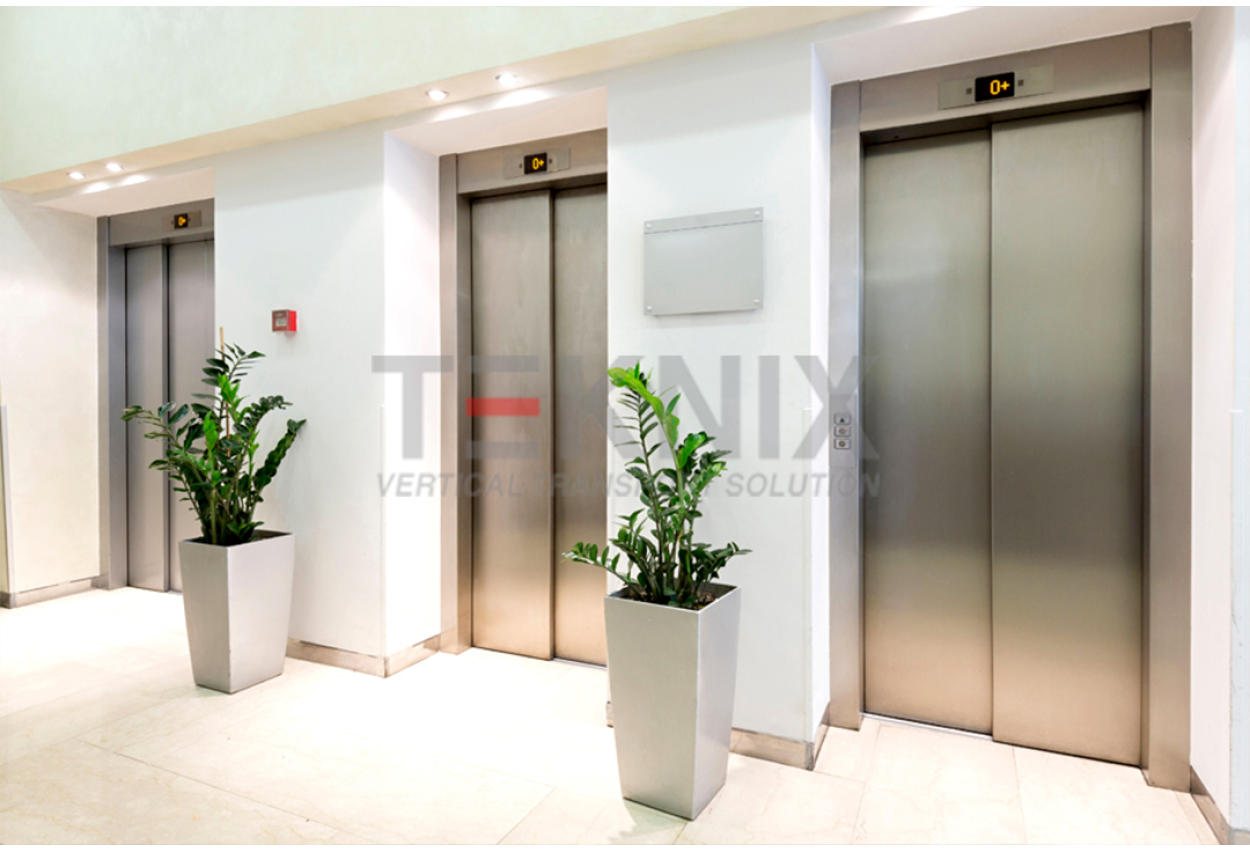London Lift Company: Providing Comprehensive Lift Solutions Throughout the Funding
London Lift Company: Providing Comprehensive Lift Solutions Throughout the Funding
Blog Article
Looking Into the World of Lifts: Typical Concerns Dealt With by Various Lift Devices
As we browse with the vertical transport systems of modern-day buildings, lifts stand out as an essential part of our everyday lives. From hydraulic lifts to traction systems and machine-room-less designs, each lift type comes with its set of common issues.
Hydraulic Elevators
Hydraulic elevators, typically favored for low-rise structures, utilize fluid pressure to regulate the activity of the elevator cars and truck (lift repair companies). This device involves a hydraulic pump pushing oil into a cyndrical tube, causing the lift to relocate the desired direction. While hydraulic elevators are understood for their silent and smooth operation, they do come with their very own set of common concerns
One common issue with hydraulic elevators is oil leak. Furthermore, issues with the control system, such as damaged shutoffs or a malfunctioning pump, can create interruptions in the lift's activity.
Regular maintenance and prompt repair services are necessary to guarantee the smooth performance of hydraulic lifts. By dealing with these usual concerns proactively, building proprietors can minimize downtime and guarantee the safety and security and performance of their upright transportation system.
Grip Lifts
When thinking about vertical transport systems in buildings, an additional common type besides hydraulic lifts is the traction lift. Grip lifts operate utilizing a system of ropes and counterweights that relocate the lift auto by gripping onto the hoist ropes. This system enables smoother and quicker vertical transportation compared to hydraulic systems.
Among the typical problems faced by grip lifts is rope wear. The consistent activity of the ropes within the grip system can lead to wear and tear gradually, potentially causing the elevator to malfunction or become harmful for use. Normal inspections and upkeep of the ropes are important to guarantee the elevator's appropriate functioning and safety and security.
An additional problem that traction lifts might run into is connected to the control system. Issues with the control system can cause concerns such as irregular movement, delays in feedback times, and even total closures. Regular testing and maintenance of the control system are critical to prevent such concerns and ensure the elevator's integrity.
Machine-Room-Less (MRL) Lifts

Among the crucial elements of MRL lifts is the portable gearless grip machine that is mounted within the hoistway. This device successfully drives the look at here elevator automobile without the need for cumbersome equipment located in conventional grip elevators. Additionally, MRL lifts usually make use of a counterweight system to stabilize the automobile, more improving their power performance.
Despite their advantages, MRL lifts might deal with challenges connected to repair and maintenance due to the restricted area for tools installment. Accessibility for servicing components within the shaft can be limited, needing specialized training for technicians. Proper maintenance routines and routine assessments are essential to make sure the ongoing smooth procedure of MRL lifts.
Overloading and Weight Restriction Issues
Are lifts equipped to web link handle excess weight loads efficiently and safely? Overwhelming and weight limitation problems are vital worries in lift procedures. Elevator suppliers style raises with details weight capabilities to make sure guest safety and security and tools durability. Exceeding these weight restrictions can cause different troubles, including mechanical failings, hold-ups, and safety and security threats.
When elevators are strained, it places extreme pressure on the electric motor, cords, and other parts, possibly causing failures or malfunctions. Safety devices such as sensors and overload sensing units remain in place to avoid lifts from moving if they identify excess weight. Additionally, going beyond weight limitations can lead to boosted energy intake and wear and tear on the elevator system.
To minimize overloading concerns, building supervisors should prominently display weight restrictions in elevators and inform occupants on the relevance of adhering to these limitations - lift repair companies. Normal maintenance checks by qualified professionals can also assist make certain that elevators are running Web Site within secure weight specifications. By resolving overloading and weight limitation issues proactively, building proprietors can boost elevator security and performance
Electric System Failures
Exceeding weight restrictions in elevators can not just lead to mechanical concerns yet additionally possibly add to electrical system failures within the lift infrastructure. Electrical system failures are an essential worry in lift operation, as they can cause unanticipated closures, breakdowns, or even safety hazards.
Routine maintenance and assessments are essential to recognize and deal with possible electrical issues immediately, ensuring the effective and secure operation of lift systems. By sticking to weight limits and carrying out regular electrical system checks, structure owners can reduce the threat of electrical failures in lifts.
Conclusion

Hydraulic elevators, usually chosen for low-rise structures, use fluid stress to manage the motion of the elevator auto.When thinking about upright transportation systems in structures, another typical kind aside from hydraulic lifts is the traction lift. Traction lifts operate utilizing a system of ropes and weights that move the elevator car by grasping onto the hoist ropes. Unlike traditional lifts that require a different maker room to house the devices, MRL lifts incorporate most of the elements within the shaft, removing the need for a specialized machine room.In final thought, lifts face typical problems such as hydraulic breakdowns, grip system failures, and electric system problems.
Report this page